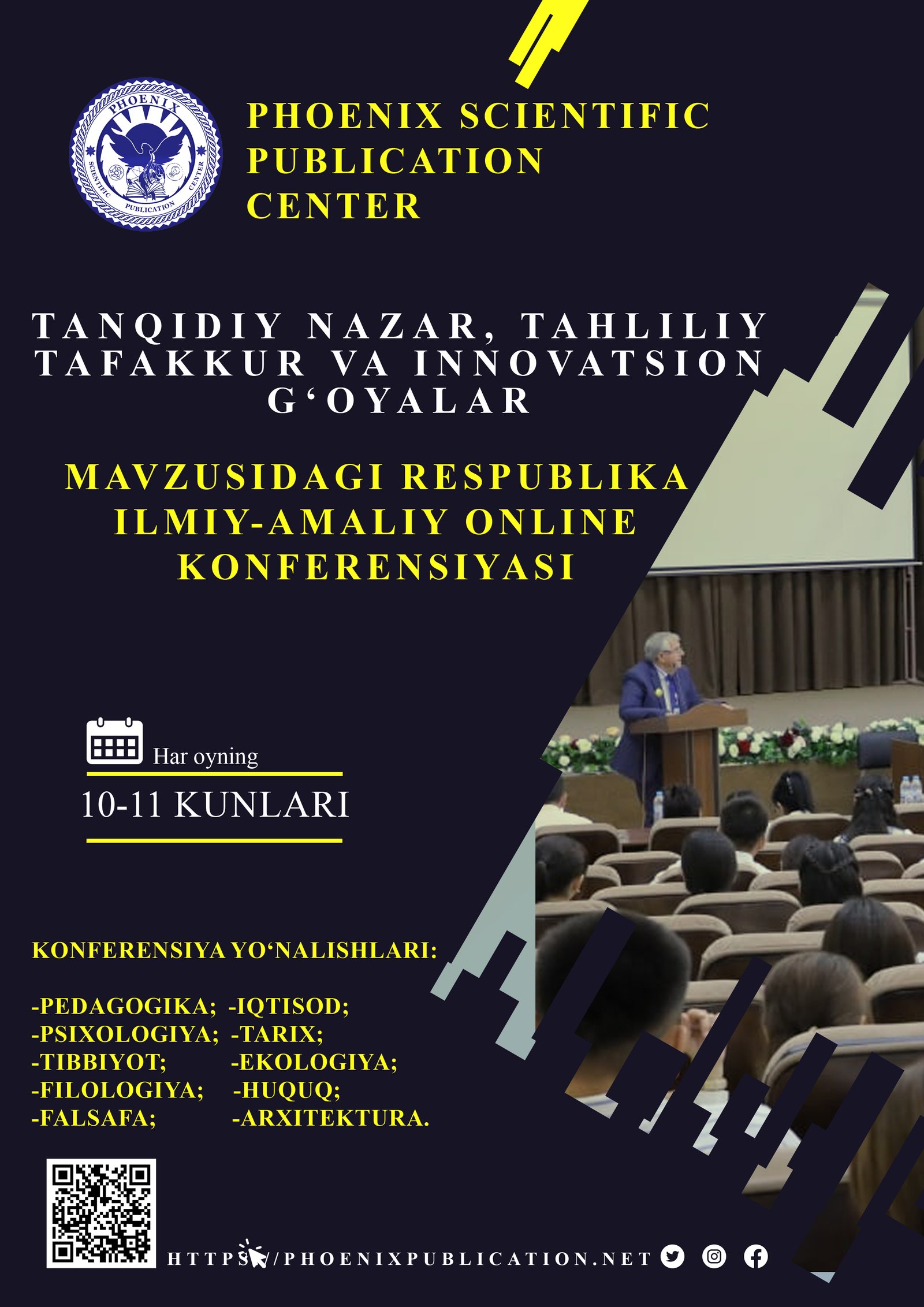Abstract
This article explores the rising aspiration among youth to emigrate and build their futures abroad. It analyzes the economic, social, cultural, and psychological factors that drive young people—especially from developing countries—to pursue education, employment, and lifestyle opportunities overseas. The paper also investigates the impact of globalization, digital exposure, and domestic dissatisfaction on youth migration intentions. Through a multidimensional lens, the study sheds light on whether emigration is a form of escape, ambition, or necessity for the new generation, and what it means for their home countries in terms of brain drain, identity, and national development.
References
1. Castles, S., de Haas, H., & Miller, M. J. (2019). The Age of Migration: International Population Movements in the Modern World (6th ed.). Palgrave Macmillan.
2. Massey, D. S., Arango, J., Hugo, G., Kouaouci, A., Pellegrino, A., & Taylor, J. E. (1993). Theories of International Migration: A Review and Appraisal. Population and Development Review, 19(3), 431–466.
3. United Nations (2022). World Youth Report 2022: Youth and Migration. United Nations Department of Economic and Social Affairs.
4. Kandel, W., & Massey, D. S. (2002). The Culture of Mexican Migration: A Theoretical and Empirical Analysis. Social Forces, 80(3), 981–1004.
5. OECD (2021). International Migration Outlook 2021. Organisation for Economic Co-operation and Development.
6. International Organization for Migration (IOM). (2020). World Migration Report 2020.
7. Adepoju, A. (2010). Migration in Sub-Saharan Africa. Current African Issues, Nordic Africa Institute.
8. Al-Ali, N., Black, R., & Koser, K. (2001). The Limits to 'Transnationalism': Bosnian and Eritrean Refugees in Europe as Emerging Transnational Communities. Ethnic and Racial Studies, 24(4), 578–600.
9. UNESCO (2021). Global Education Monitoring Report.
10. www.un.org – United Nations official resources on migration and youth
